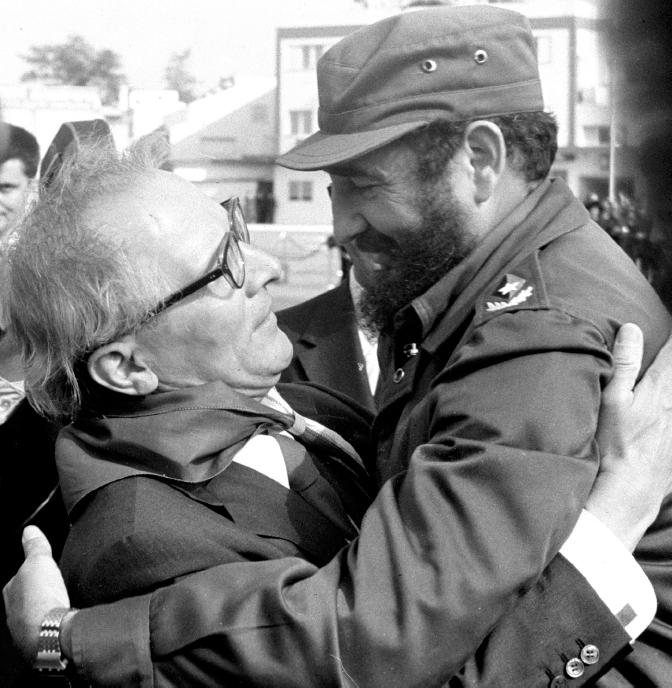Document 31-5: Erich Honecker and Fidel Castro (1974)
Revolutionary Brothers-
The Cuban Revolution (1953–

READING AND DISCUSSION QUESTIONS
- How might this photograph have been interpreted by the majority of Americans in the mid-
1970s? By the Cuban people? By the Soviet people? - Compare and contrast Cuba’s relationship with the Soviet Union to the relationship between East Germany and the Soviet Union. What similarities and differences do you note? Did either Cuba or East Germany have much say in its own social and political development?